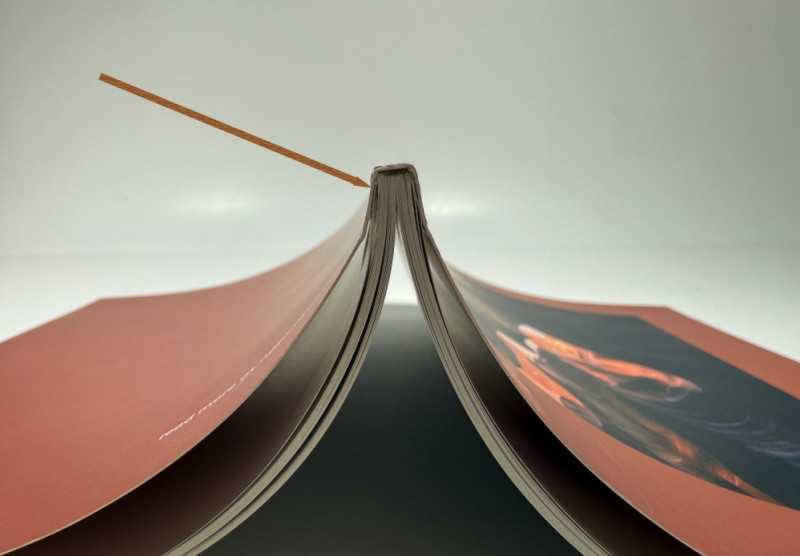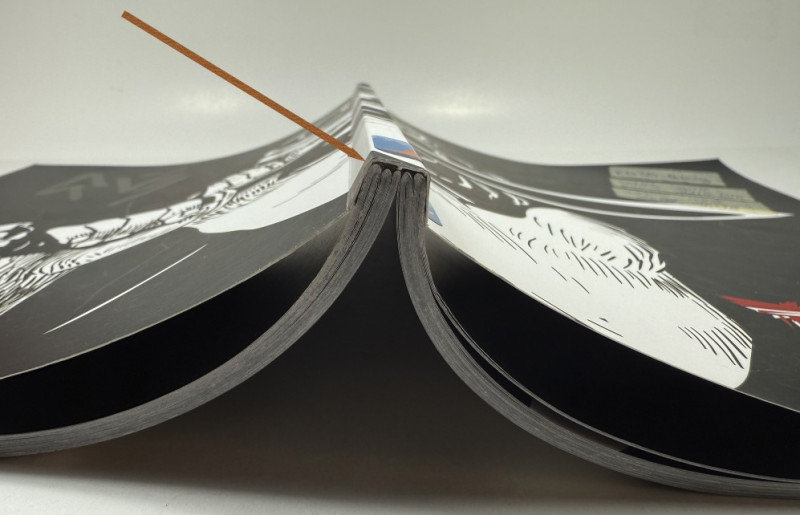What is Perfect Binding
Perfect Binding is a book binding approach, which glues the pages and covers together at the book spine with strong and flexible thermal glue, and then trims the three other sides to make the book have a clean and perfect edge. This kind of binding technique is often used for catalogs, workbooks, and provides a professional appearance for books with 40+ pages.
There are two kinds of perfect binding: one is standard perfect binding, and the other is sewn perfect binding. Sewn perfect binding means the pages are stitched together with thread before the glue is applied. Perfect binding simply uses glue without stitching. Perfect binding is faster, cheaper, and common in softcover books, while sewn perfect binding is stronger and more durable—often used for higher-quality books.
Perfect Binding FAQ
How many pages are required for perfect binding?
Perfect binding typically requires at least 40 pages to ensure enough thickness for the glue to hold properly. Thinner books may not be secure and separation might occurs at the spine.
Is perfect binding good for frequent-use materials?
Standard perfect binding is best for occasional use or lighter handling, as the glue may weaken over time. For frequent-use items, sewn perfect binding provides added durability and longevity.
What types of covers are used with perfect binding?
Covers are usually printed on thick cardstock, often coated or laminated for added strength and a refined look. Gloss, matte, or soft-touch finishes are commonly used depending on the desired styles.

Perfect Binding

Sewn Perfect Binding
